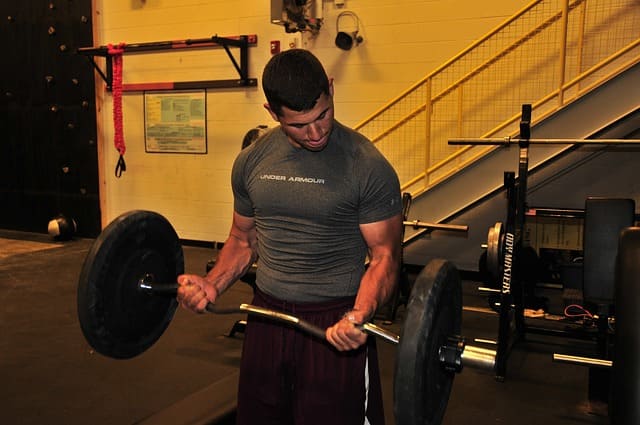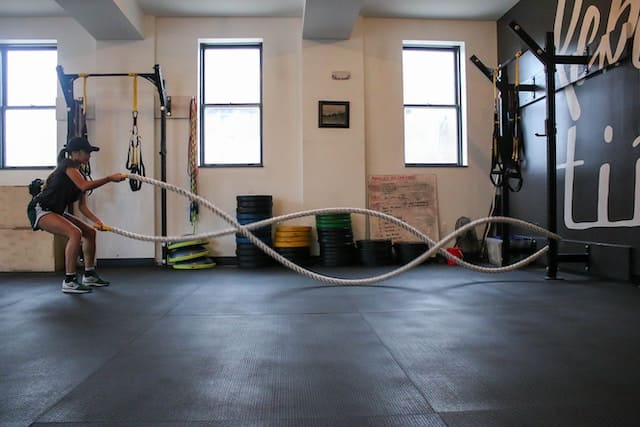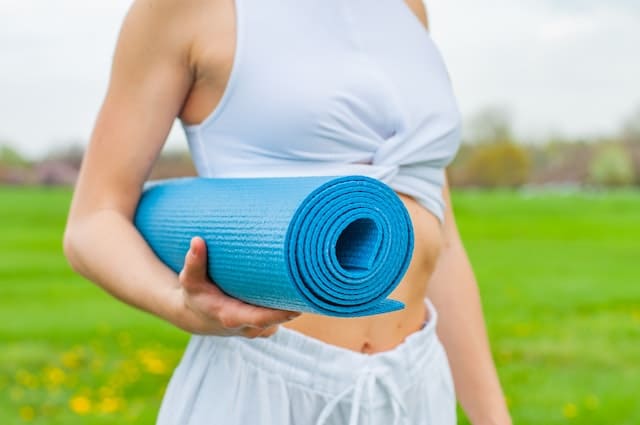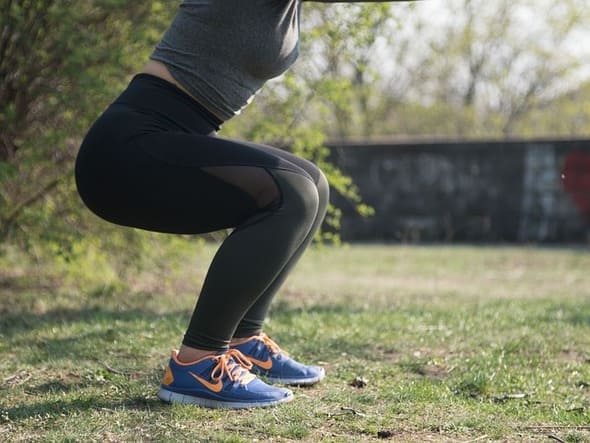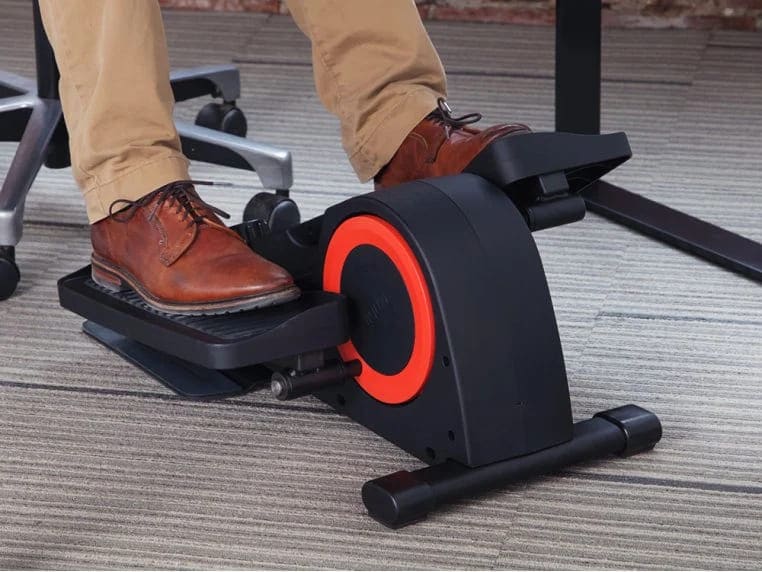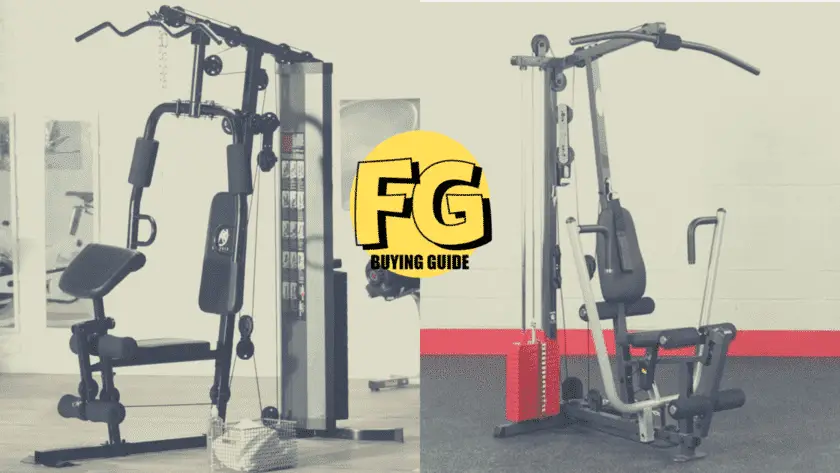Yoga has become increasingly popular in recent years, and for good reason. Yoga provides a range of benefits, including increased flexibility, stress relief, and improved overall health. In this article, we will explore the benefits of yoga for flexibility and stress relief and why it’s worth incorporating into your daily routine.
Benefits of Yoga for Flexibility
One of the primary benefits of yoga is its ability to improve flexibility. Yoga poses, also known as asanas, work to stretch and lengthen muscles, increase range of motion in joints, and promote overall flexibility. This increased flexibility can benefit anyone, regardless of age or fitness level.
Improved flexibility can also help prevent injury and reduce joint pain. By increasing your range of motion, your body is better able to absorb impact and prevent strains and sprains. It can also improve balance and coordination, making it easier to perform daily tasks and sports activities.
Benefits of Yoga for Stress Relief
In addition to the physical benefits, yoga is also known for its stress-relieving properties. Yoga incorporates deep breathing techniques and meditation, which can help reduce stress and anxiety. It is an excellent way to calm the mind and promote relaxation, which can help you manage stress better in your daily life.
Research has shown that regular yoga practice can lower cortisol levels, a hormone associated with stress. It can also reduce symptoms of depression and anxiety and improve overall mood. By practicing yoga regularly, you can train your body and mind to better handle stressful situations.
How to Get Started with Yoga
If you’re interested in reaping the benefits of yoga, there are many ways to get started. You can take a class at a local yoga studio, gym, or community center. There are also many online resources available, including YouTube videos and mobile apps that offer guided yoga classes.
When beginning yoga, it’s essential to start slowly and listen to your body. It’s okay to modify poses or take breaks as needed. Remember, yoga is not a competition, and there is no need to compare yourself to others in the class.
It’s also important to find a style of yoga that works for you. There are many different types of yoga, including Hatha, Vinyasa, and Restorative, each with its own unique benefits and focus. Trying out different styles can help you find the one that suits you best.
Equipment Needed to Practice Yoga
One of the best things about yoga is that you don’t need a lot of equipment to get started. Here are a few items you might want to consider purchasing to help make your practice more comfortable and enjoyable:
- Yoga mat: A yoga mat is essential for practicing yoga. It provides cushioning and grip so you can hold your poses comfortably and safely. Look for a mat that is thick enough to provide adequate cushioning but not too thick that it’s hard to balance on. You can choose from a variety of materials including PVC, rubber, and eco-friendly options such as cork or natural rubber. A Yoga mat is also surprisingly easy to care for. P.S: We already wrote a short and concise guide on how you can care for your Yoga mat.
- Yoga blocks: Yoga blocks are foam blocks that provide support and stability during yoga poses. They can be used to help you reach the floor in certain poses or to provide support for your back or hips. They are especially helpful for beginners who are still working on flexibility.
- Yoga strap: A yoga strap is a long, sturdy piece of fabric that can be used to help deepen stretches or to provide support for difficult poses. They are particularly useful for people who are less flexible or have tight muscles.
- Yoga towel: A yoga towel can be placed on top of your yoga mat to help absorb sweat and provide extra grip. Some towels are also designed to be used as a mat for hot yoga or other forms of sweaty yoga.
- Comfortable Yoga clothing: Choose clothing that is comfortable and allows you to move freely. Avoid clothing that is too tight or restrictive.
By investing in a few key pieces of equipment, you can make your yoga practice more comfortable and enjoyable. However, remember that these items are not necessary to practice yoga, and you can still reap the benefits of yoga without them.
Conclusion
Yoga provides a range of benefits for both physical and mental health, including increased flexibility and stress relief. Whether you’re a beginner or an experienced yogi, incorporating yoga into your daily routine can have a positive impact on your overall well-being. Remember to start slowly, find a style of yoga that works for you, and take care of your yoga mat to ensure its longevity.


